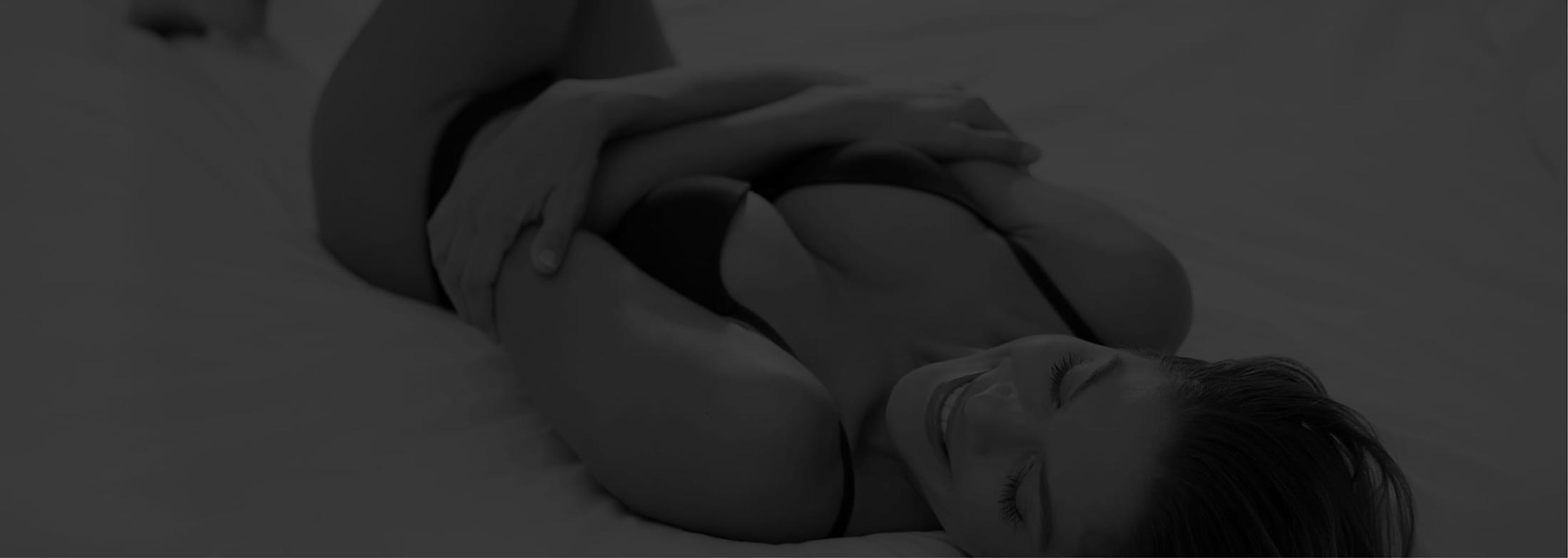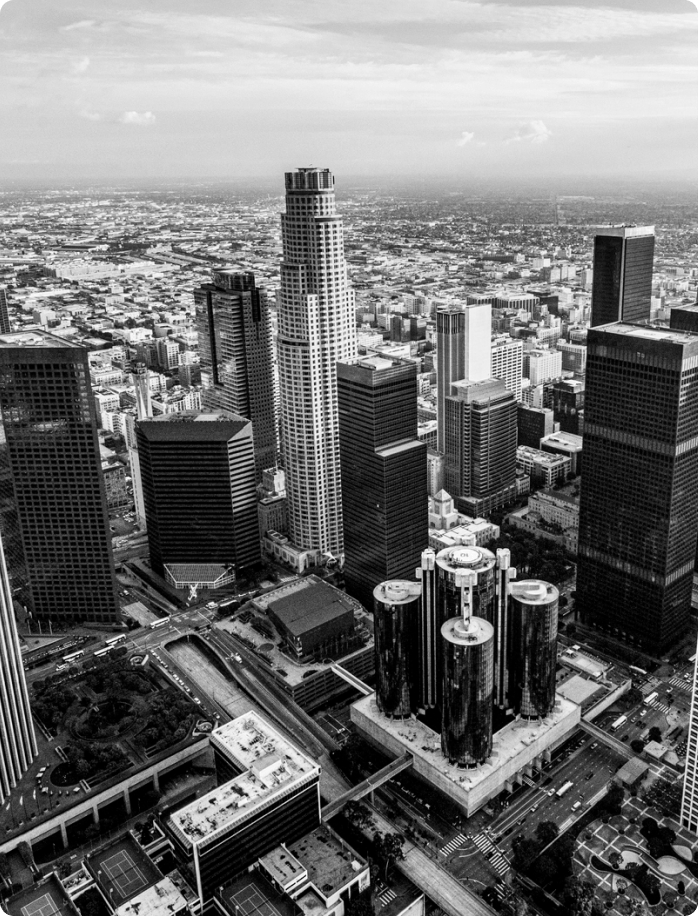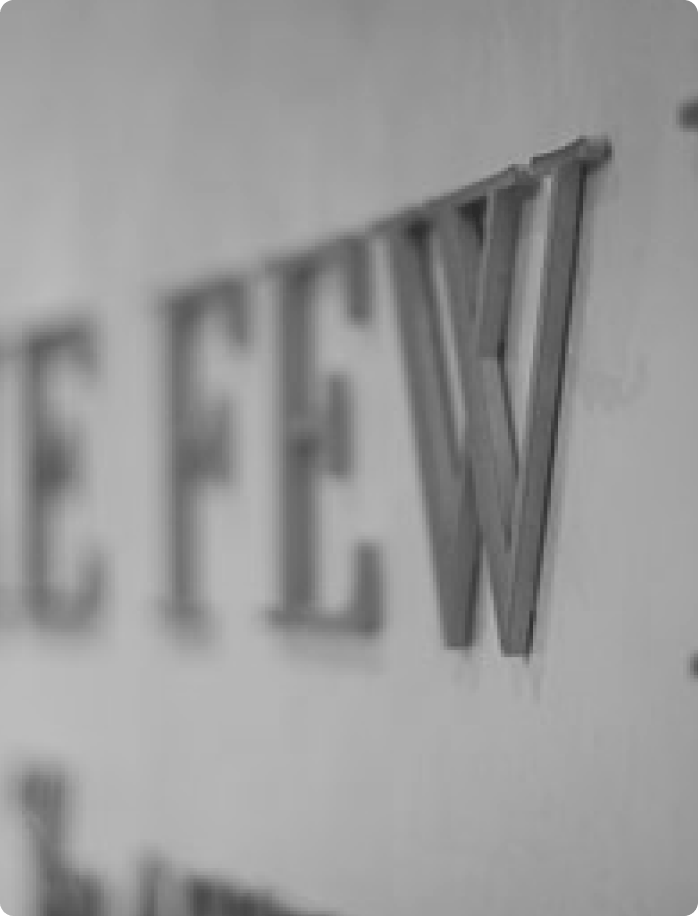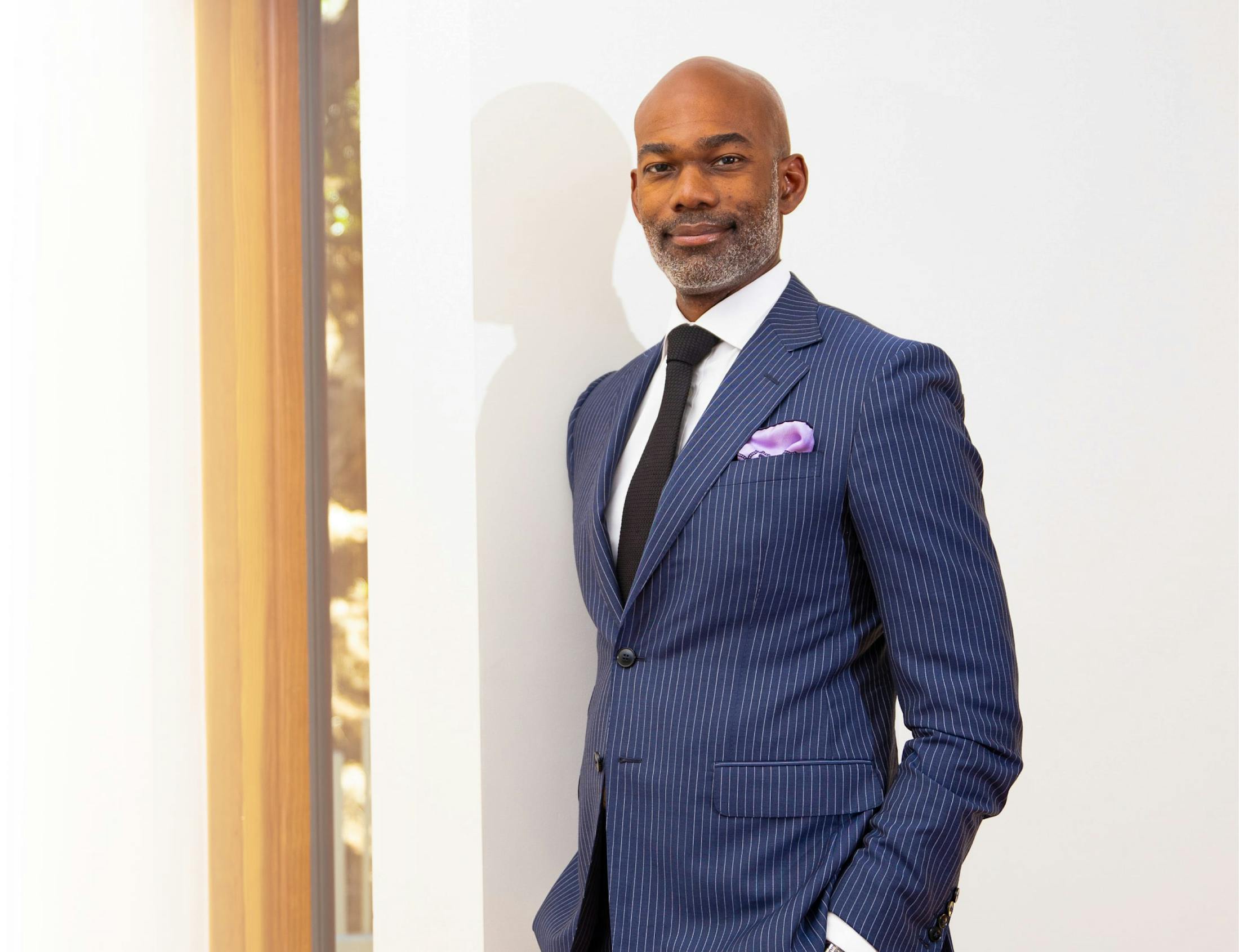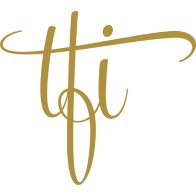Elegant, balanced nasal contours paired with structural integrity
What is Rhinoplasty?
Located centrally among the features, the nose has a significant influence on the overall aesthetic of the face. A nose that is disproportionately large, bulbous, or flat can draw attention to itself, creating an imbalance in the appearance. Some flaws in the nasal tip, bridge, and nostrils will be noticeable in close quarters only, while other imperfections may be viewable from across the room.
Rhinoplasty seeks to amend the shape, size, and projection of the nose to better suit the individual, allowing their authentic beauty to shine through. Whether the nasal shape is a result of genetics, aging, an accident, or an injury, Dr. Few can transform your nose to satisfy your wishes and enhance your self-confidence.






